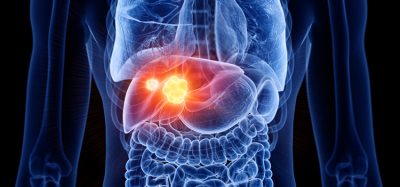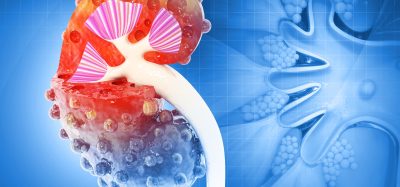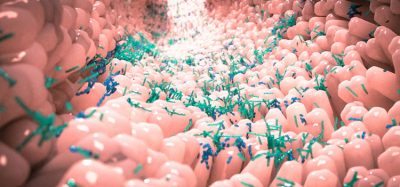Key pathway discovered in periodontal ligament maturation
Posted: 2 September 2019 | Victoria Rees (Drug Target Review) | No comments yet
A research team have found a signalling pathway which plays a critical role in the maturation of periodontal ligament, providing information for the development of dental treatments.
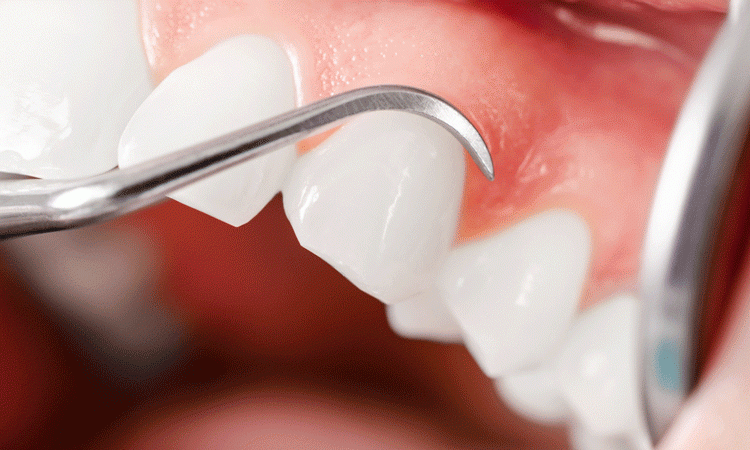
A new study has discovered the mechanism behind the formation of the periodontal ligament, which helps to keep teeth stable in the jawbone. According to the researchers, the improved understanding will help scientists work towards regenerating tissues that support teeth.
The research was conducted by the University of Plymouth, UK, and the University of Geneva, Switzerland. Using rodent teeth models, the researchers used RNAseq and proteomic analysis to screen for key molecular links regulating periodontal ligament maturation.
The team found how a signalling pathway called Notch, which is known to be activated in stem cells and cancer, is important for periodontal ligament development. By deleting a transcriptional factor involved in the Notch pathway, they found the mice displayed delayed periodontal ligament formation.
Another finding included the identification of Lamin A, a cell nuclear protein, which is expressed under the control of Notch signalling. The researchers say this makes it a unique marker for the pathway.
Lamin A is known for its mutated form progerin, which causes fatal Progeria syndrome.
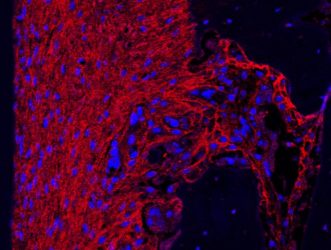
A key molecule named periostin (red colour) is highly expressed by mature periodontal ligament (credit: University of Plymouth).
Corresponding author Dr Bing Hu, Associate Professor of Oral and Dental Health Research in Peninsula Dental School at the University of Plymouth, said: “Understanding the mechanisms of how periodontal ligaments develop and the molecules that assist the tissue becoming mature is really important for our understanding of tissue regeneration and repair.
“The next steps are for us to see if and how the molecules we have identified in this study can be translated into a human-only model and how they are affected in both healthy and diseased conditions.”
Dr Balázs Dénes, one of the researchers from the University of Geneva, said: “We believe that our findings are an important stepping-stone to better dental treatments in situations involving the periodontal ligament, such as gum disease (periodontitis), tooth restoration by dental implants or orthodontic tooth movement.”
The results were published in the Journal of Dental Research.
Related topics
Drug Targets, Molecular Targets, Proteomics, Regenerative Medicine, RNAs, Screening
Related conditions
gum disease (periodontitis)
Related organisations
Journal of Dental Research, University of Geneva, University of Plymouth
Related people
Dr Balázs Dénes, Dr Bing Hu




